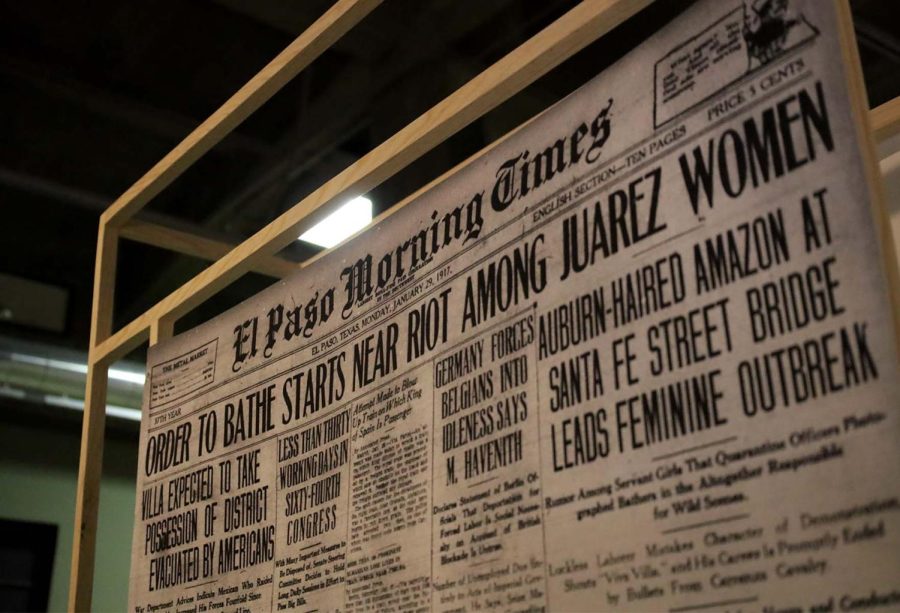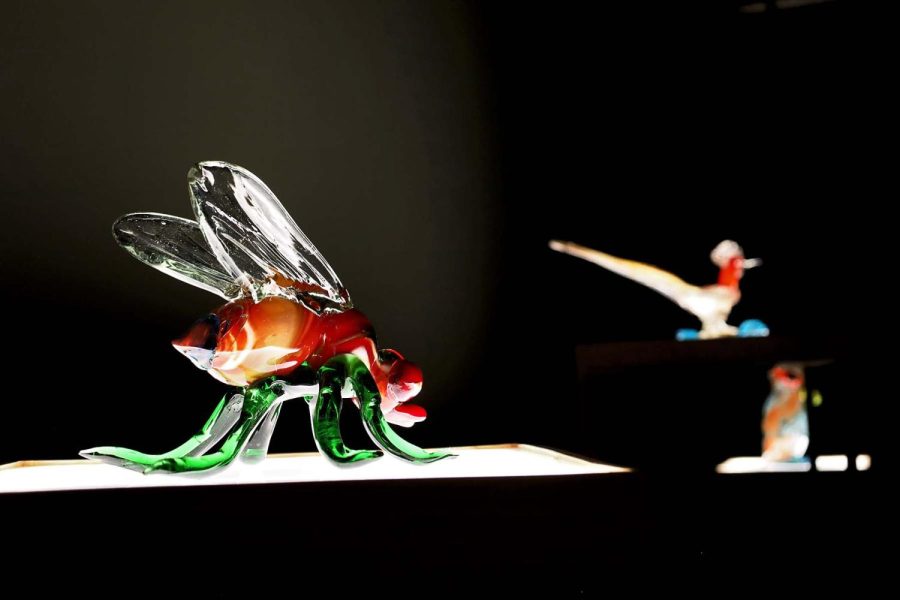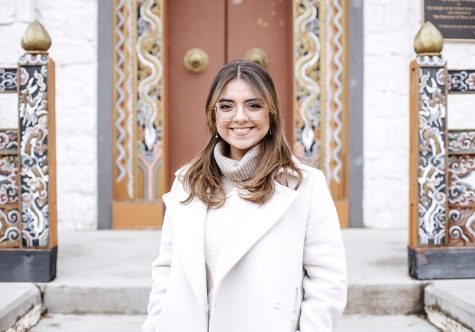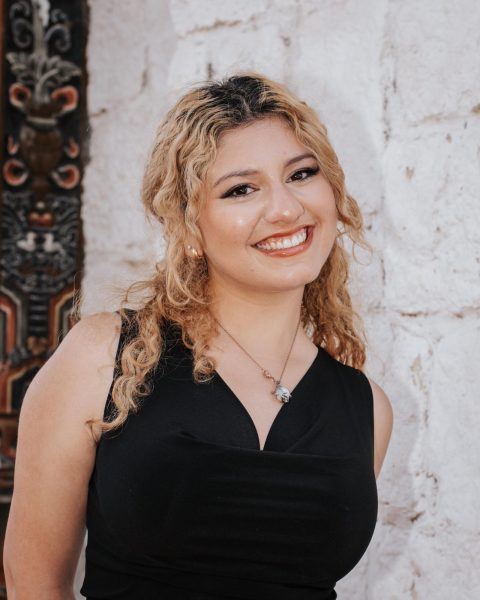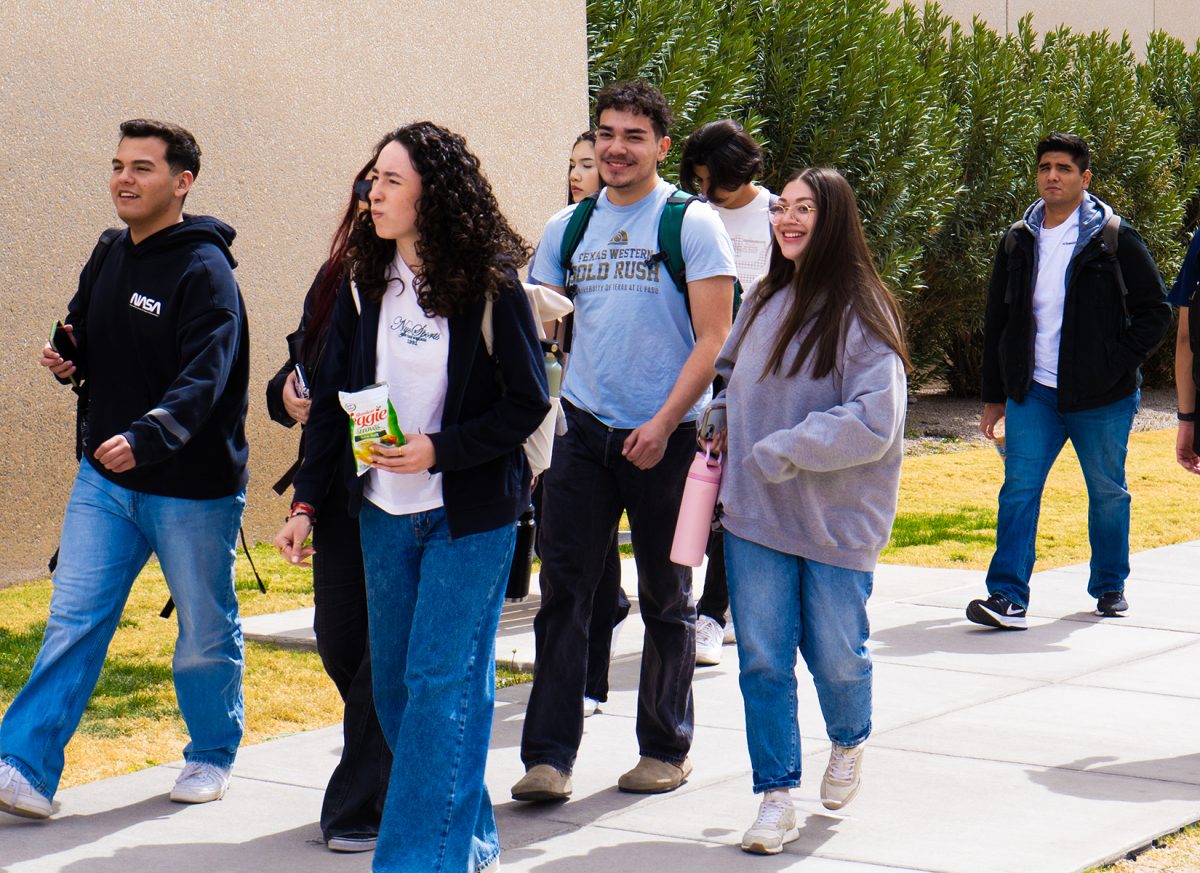The Rubin Center for the Visual Arts is hosting their Spring 2022 exhibition featuring exhibitions like “International Understanding Foundation” by Minerva Cuevas’, and art by Carolina Caycedo and David de Rozas.
Located on the outskirts of the UTEP campus, the Rubin Center treasures the work of artists from around the world who are interested in the unique environment of the borderland area.
“We do, once a year, show student work, but the rest of the year we are inviting international artists from around the world, and a lot of times UTEP campus doesn’t know that,” Rubin Center Director Kerry Doyle said.
Both “Migratory” by Minerva Cuevas and “The Blessings of the Mystery” by Caycedo and de Rozas seek to express, what it means to live in the borderland area from an interdisciplinary point of view, and how migration has given individuals an opportunity for self-expression.
“Migratory” by Cuevas, combines the experience and work of people who are related to the unique situation of the borderland area. The contributions to this exhibit go from various media to contexts, including handblown glass from a historic glass factory, video projections, painting on lamina, and even a bread mural can be found in the gallery.
Cuevas will also participate at an event hosted at Panaderia REZIZTE March 12, in Ciudad Juárez, where she will present her book “The Migratory Yellow Pages/La Sección Amarilla.”
“The Blessings of the Mystery” works as an interdisciplinary gallery, showcasing the culture of West Texas through film, painting, collage, pictograph, drawing, and natural specimens. Within this compound exhibition, you will find the film “The Teaching of the Hands,” and two site-responsive installations at the entrance of the Rubin Center, “Measuring the Immeasurable” and “Halving and Quartering.”
Among these two exhibitions, the “Transborder Fund” exhibition showcases videos by local artists from Ciudad Juárez and El Paso. These exhibits seek to portray the life of a borderland individual without mentioning the wall or migration regulations, solely focusing on the culture and talent that might go underappreciated.
To help spectators appreciate the work done by modern-day artists, the Rubin Center offers guided tours and exercises to help visitors understand the meaning and the intentions behind each art piece.
“We try to demystify contemporary art. What we do is we start with the artwork in the middle, and then we talk about what you see, not what our emotions tell us, just what you see,” Doyle said. “Once we get through that, we look for what we call ‘context clues.’ You’re not supposed to get it without understanding a little bit of context, and then the final thing is, we ask ‘what does this mean?’ ‘What do you think the artist is into?’”
Despite how accessible the topic is for the people of the borderland, the experiences of each person might affect how the artwork is interpreted and to what extent it is understood.
“People need to understand that they’re not expected to just walk in, look at something and get it. That’s not a thing that happens for anybody,” Doyle said.
The Rubin Center is open to the public 10 a.m. to 5 p.m. Monday through Friday; no appointment is needed.
Maria L. Guerrero is the web and copy editor and may be reached at [email protected]; @bymariaguerrero on Instagram.


